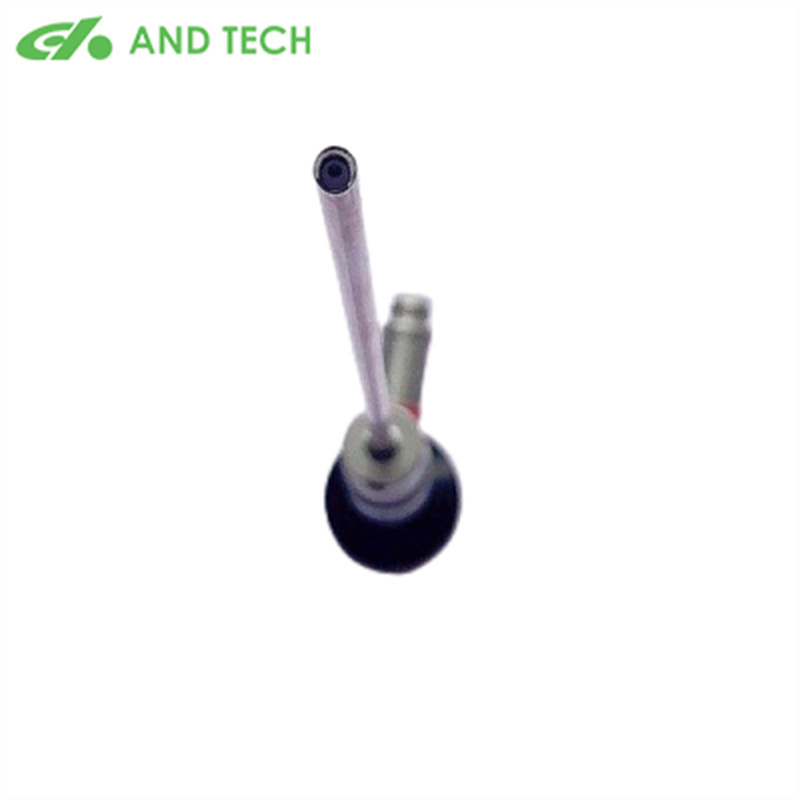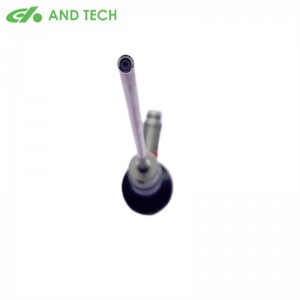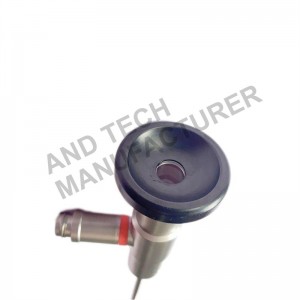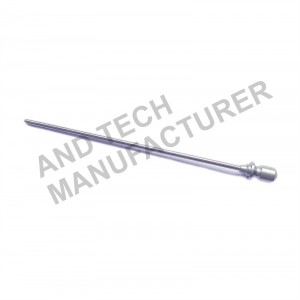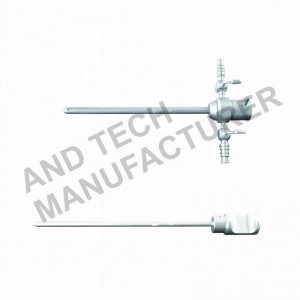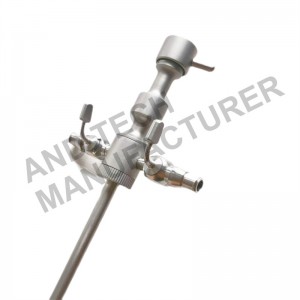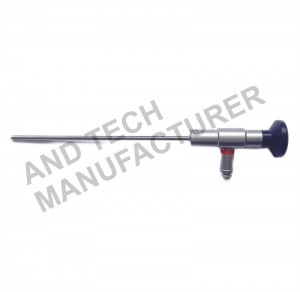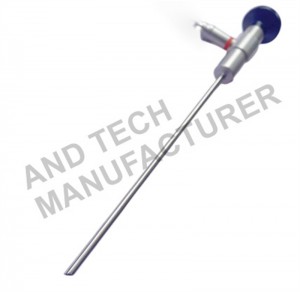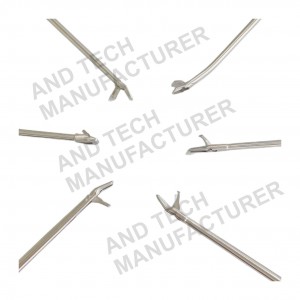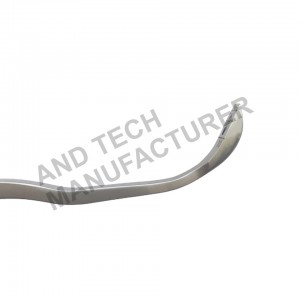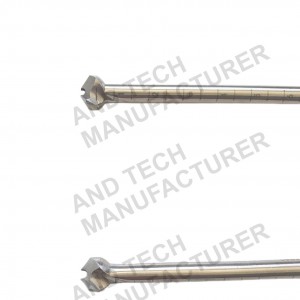Arthroscopy
Advantages
Advantages compared to open surgery include:
faster recovery
less pain
Minimal blood loss and scarring
Useage Range
Arthroscopy can be performed on any joint. Mostly it is done on the knees, shoulders, elbows, ankles, hips or wrists.
This technique is most widely used in knee surgeries, such as joint replacements and ligament reconstructions.
Through arthroscopy, the situation in the joint can be carefully observed, and the location of the lesion can be found directly and accurately. Observing the lesions in the joint has a magnifying effect, so it is more accurate than the naked eye observation after joint incision. Special instruments are placed, and a comprehensive examination and surgical treatment can be carried out immediately under arthroscopic monitoring after the lesions are found. Arthroscopy has gradually replaced some operations that required incision in the past due to its small trauma and positive effect. The joint cavity is not exposed during arthroscopic surgery, and the operation is performed in a liquid environment, which has little interference to the articular cartilage and greatly shortens the postoperative recovery time. This technology can also be applied to extra-articular diseases, providing a better means for the diagnosis and treatment of sports injuries.
Indications for arthroscopic surgery are
1. Various sports injuries (eg: meniscus injury, ligament surgery)
2. Intra-articular fractures and joint adhesions and limited joint movement
3. Various aseptic and infectious inflammations (eg: osteoarthritis, various synovitis)
4. Joint disorders
5. Unexplained knee pain.






